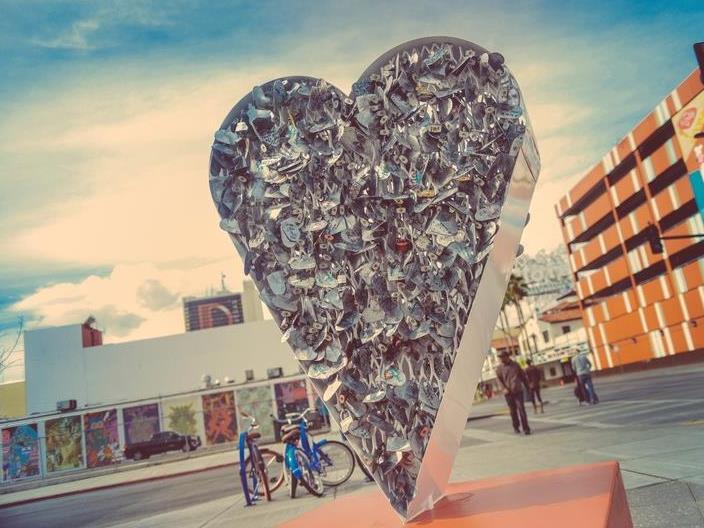Image via Pexels
There is no doubt that for the arts economy the internet has been a big game changer. A great website and a long list of Pinterest or Instagram followers can do more for an artist than gallery representation.
Inevitably, artists and art associations are adapting to this new culture of sharing. Their aim is to ditch the gatekeepers and the industry standards based solely on profit. Instead they let the arts serve the community and be supported by it in an ad hoc and organic manner.
In this way artists are enhancing the human aspect of sharing and receiving, all the while experimenting with new models with which to make a living.
But in a system where open access is valued and so much is delivered for free how do you turn interest into income? Do Instagram followers actually translate into sales, commissions or money in your pocket?
The free access culture doesn’t have an organized exchange system but there are techniques that increase your viability in the sharing economy.
Build community support
In traditional societies, you gave gifts to your tribe and did commerce with strangers. Today the boundaries are much less defined, the community is global and the distinctions between friend and customer have blurred. Social media followers may be people you know offline or people who have stumbled on your work on a Pinterest board.
Followers get free access to art online. But they are also ripe to support the artist, through crowdfunding, attending live events or purchasing related products.
One example is the artist who displays all her work free on her social media but links to Etsy where she sells bags, cushions and prints of the work.
Another is the performer who creates an exciting online video to fund an album. American musician Amanda Palmer raised $1.2 million via Kickstarter to support her new album and tour. She sees Kickstarter as a tool for doing giant pre-orders for content.
‘Artists need to have credibility to get support and audiences. But it’s not much different than in the old days, where you’d get out there, see what the demand was and head off to the plant and print what you needed.’
In order to obtain that kind of credibility and support, artists must set aside some time to cultivate their following. They must maintain a social media presence and an ever-expanding mailing list. It basically means committing to a full-time relationship with their fans.
Trust your audience
Though it may sound scary for an artist who has to pay rent at the end of the month, another important element in the culture of sharing is trust. By making your work freely available, you trust that those who find value in it will support it accordingly.
This concept holds particularly true for the new generation, born into the idea that art shouldn’t be paid for and magically appears into the world.
Palmer said the sharing market depends on trusting the judgement of your audiences. ‘Let adults make their own rules, their own exchanges, their own decisions.’
Ask for donations
Cultural curator Maria Popova of Brain Pickings delivers her writing free to her readers but includes a Donating=Loving link on every page. After a while, regular readers start to feel like freeloaders if they don’t cough up.
Popova dislikes asking for money. ‘The whole notion of making a living based on other people’s contributions is still very uncomfortable for me.’
But when she finally started highlighting recurring subscriptions, she got ‘heartening’ results. ‘The newsletter subscribers are by far the most generous donors – perhaps something to do with email being such an intimate means of engagement.’
Keep in mind – when asking for help, artists must take rejection, failure and indifference into account. They need to develop a thick skin and not let themselves be destroyed by it.
Cultivate emotional attachment
Popova said part of what prompts her readers to donate is the emotional relationship they develop with the site. ‘Readers experience a sense of belonging and take pride in being able to support something they enjoy.
There might be an element of altruism but there is also a value the art delivers to readers, viewers or listeners for which they are ultimately willing to pay.
Find a balance
Sharing doesn’t have to mean sharing everything. Be conscious of what you provide for free and where there is potential for a stream of income.
For an emerging artist, publicity may be a key commodity but at some point you will need to convert interest into cash.
The sharing economy is forcing artists to be creative not just in their art, but also in the business side of their work.



_Encounters-in-Reflection_Gallery3BPhoto-by-Anpis-Wang-e1745414770771.jpg?w=280)

